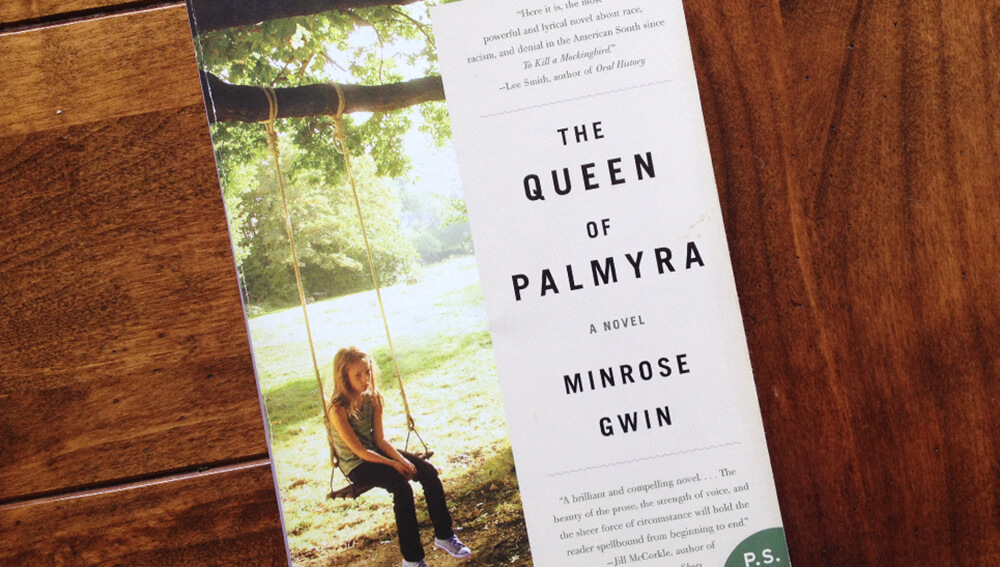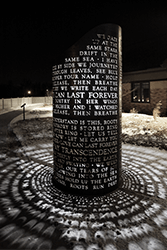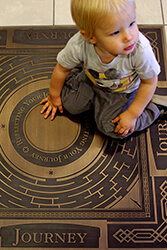“Some stories run for their lives.”
The Queen of Palmyra
I’ve been reading The Queen of Palmyra by Minrose Gwin the past few weeks. In the book, called “the most powerful and also the most lyrical novel about race, racism, and denial in the American South since To Kill A Mockingbird,” a young girl is caught between her abusive father who is blinded by bigotry and her mother who slowly sinks into her bottles even as she tries to protect the local black population from her husband.
The story is set in Mississippi in the tumultuous summer of 1963. It is the height of the Civil Rights movement and a few months after Dr. Martin Luther King, Jr wrote his Letter from Birmingham Jail.
“He who tells the stories rules the world.”
When I started reading the novel, the time and place it described seemed distant–important, but disconnected from my daily life. Then a few days after I started reading, the shootings took place at the Emanuel African Methodist Episcopal Church in Charleston, South Carolina. The events described in the book suddenly took on new life, new importance. There is power in a story well told, andne of the central themes of the novel is the idea that whoever tells the story gets to define reality. The Hopi people are often credited with a saying: “He who tells the stories rules the world.”
Throughout the book, Gwin interweaves her story with older stories–Br’er Rabbit in the briar patch, the rabbit Uncle Wiggily Longears and his clever but narrow escapes, and stories of the legendary Zenobia, the Queen of Palmyra. The main character drifts in and out of those stories as she lives her own story, and as she decides how she wants it to be told. “He who tells the stories rules the world.”
Some stories run for their lives. They zig and zag, moving so fast you can’t find the secret path of their steps through the fields, only soft prints here and there to let you know something with a quivering heart and soft belly passed that way or this. In what direction it ran or to what end, you will never know. Sometimes you see the blood or fur, and you know it didn’t get away.
Minrose Gwin, The Queen of Palmyra
Hatred and violence in my living room
As I’m finishing the book there are eerie and horrible echoes in the real world. In the novel the little girl’s father comes home late at night smelling of gasoline and smoke. In the news, there are stories of hateful graffiti and arson at black churches around the south. I won’t presume to say that because I’ve read a book I now understand the experience of those who are targets of these barbaric acts, but I will say this–a book like this can give us an emotional connection with people and events that are far off in time and space.
This is why we read books. They give us access to experiences and insight that it would take us many lifetimes to acquire on our own. They open up cultures and worlds that would otherwise be closed. They convey not only information about those distant times and places, but also the emotion and mood of the world they describe. It brings Mississippi of the 1960s and Charleston of today right into my living room and forces me to confront the hatred and violence, the systematic destruction of peoples, and the senseless brutality in our nation’s history.
We can’t change what happened in the past, and we don’t always feel like we have the power to change what is happening today. But we can choose how we tell the stories. In telling true stories about the world that has been, we help to shape the world that will be. “He who tells the stories rules the world.”
To read more articles like this visit: Being Human, Books, Community, Ideas









